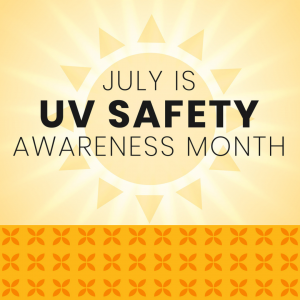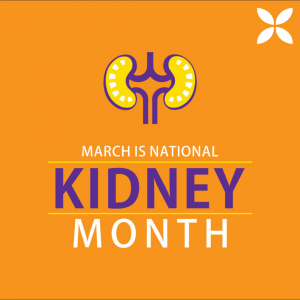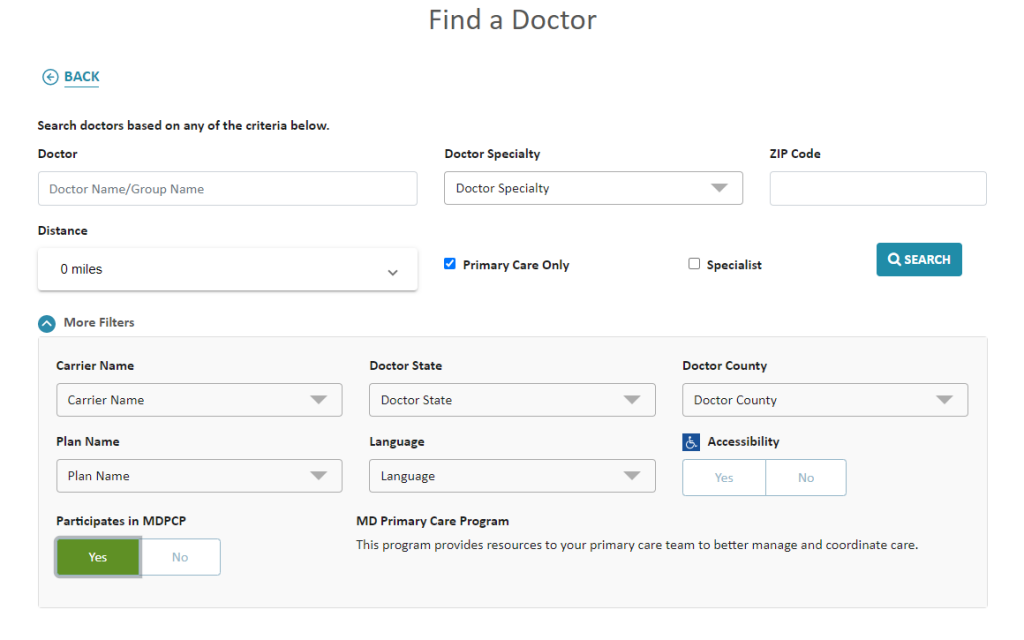
As you get outdoors and enjoy the hot weather, you may experience seasonal allergies. Don’t let your sneezing, congestion, and watery eyes prevent you from enjoying summer.
- Talk to a healthcare provider on how to treat your allergies
If you are experiencing flu symptoms and don't know what to do, the best thing to do is reach out to your doctor. Maryland Health Connection plans cover your health care provider visits, prescriptions, laboratory tests, and more. When meeting with your doctor, discuss possible treatments to help with your seasonal allergies. You can also ask to take an allergy test and see what allergies you might have and what symptoms come with each. - Take over-the-counter medication
Go to your local pharmacy for any over-the-counter medications that can help with your allergies. The most common over-the-counter medications for allergies are Zyrtec, Claritin, Allega, Xyzal, and Benadryl . If you are not sure which medication to get, ask your doctor. - Keep your indoor space clean
Keeping your indoor space clean is key to preventing allergy triggers. Make sure to keep any surface in your house clean using disinfectants. Keep your windows and doors shut to help prevent pollen from getting into your home. When coming back inside your home, try to take a shower to help rinse off the pollen particles off your body and hair. After the shower, wash your clothes to remove outdoor residue. - Pay attention to the weather in your area
Before heading outside it’s always best to check the weather. You want to make sure the pollen counts are low and that it's not dry and windy. These weather conditions can trigger your allergies.



 SIGN IN
SIGN IN
 Medicaid coverage for moms is now available for 12 months after pregnancy. This means that after you give birth to your baby, YOU will have health coverage for 12 months.
Medicaid coverage for moms is now available for 12 months after pregnancy. This means that after you give birth to your baby, YOU will have health coverage for 12 months. Tax season is here! Are you all set to file? If you were enrolled in a private health plan through Maryland Health Connection any time this year, there are important steps you need to take when you file your federal taxes.
Tax season is here! Are you all set to file? If you were enrolled in a private health plan through Maryland Health Connection any time this year, there are important steps you need to take when you file your federal taxes. During these hot months, many are excited to enjoy quality time at the pool, a family hike on your favorite trail, a trip to the beach and other outdoor activities. While soaking up some vitamin D can be beneficial, too much sun can be harmful. July is National Ultraviolet Safety Month.
During these hot months, many are excited to enjoy quality time at the pool, a family hike on your favorite trail, a trip to the beach and other outdoor activities. While soaking up some vitamin D can be beneficial, too much sun can be harmful. July is National Ultraviolet Safety Month. Celebrate Men’s Health Month in June by getting the most out of your health coverage. This program drives awareness around health issues that men may develop, like heart disease and prostate cancer. Guys, here are some important things to consider when it comes to using your health coverage.
Celebrate Men’s Health Month in June by getting the most out of your health coverage. This program drives awareness around health issues that men may develop, like heart disease and prostate cancer. Guys, here are some important things to consider when it comes to using your health coverage. Ladies, when was the last time you made sure your health was a top priority? With everyday responsibilities and activities, it’s easy to forget the last time you visited your primary care doctor, had a colonoscopy, or got a mammogram. To help you stay on top of your health, here are some recommendations to make the most of your coverage.
Ladies, when was the last time you made sure your health was a top priority? With everyday responsibilities and activities, it’s easy to forget the last time you visited your primary care doctor, had a colonoscopy, or got a mammogram. To help you stay on top of your health, here are some recommendations to make the most of your coverage.




